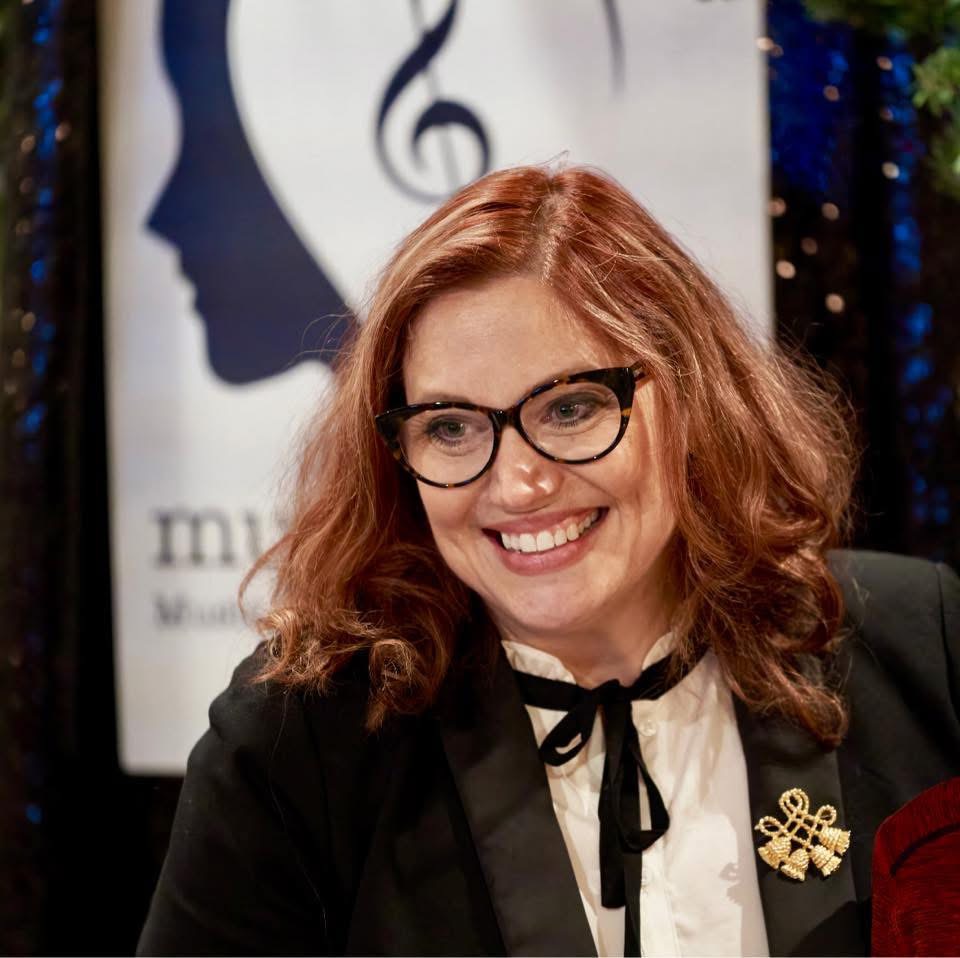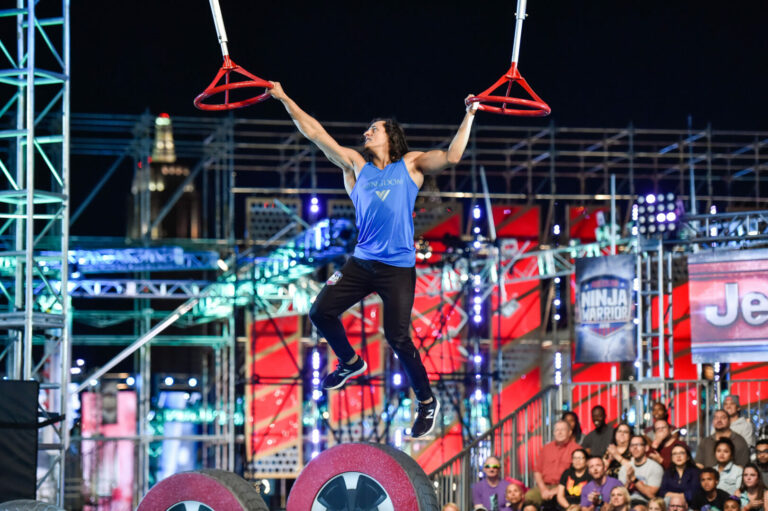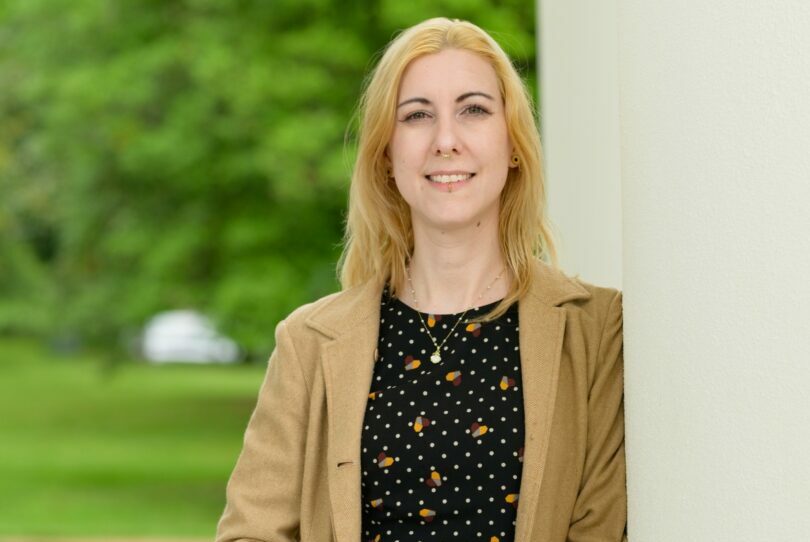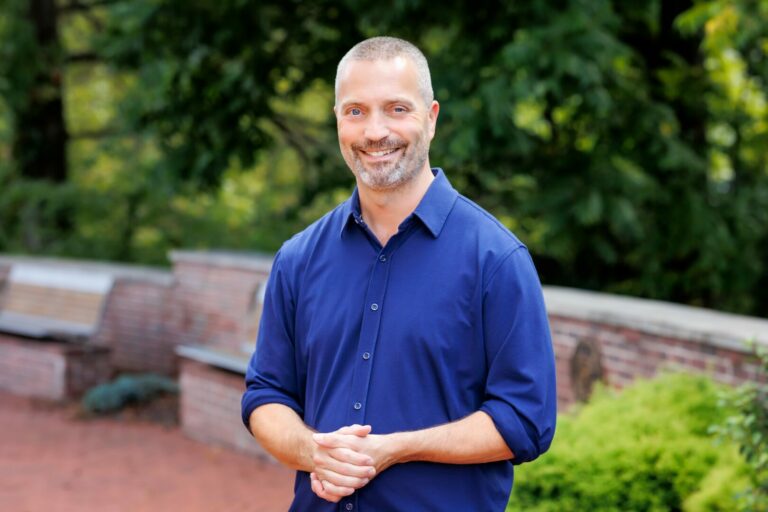We recently connected with Teresa Stewart-meli and have shared our conversation below.
Teresa, thanks so much for taking the time to share your insights and lessons with us today. We’re particularly interested in hearing about how you became such a resilient person. Where do you get your resilience from?
I draw resilience from complete dissemination.
In 2011, I was a happily married, 35 year-old new Doctor of Music from UNLV and co-owner of a floral company in Las Vegas. Doug and I had married two years prior with a magazine- spread wedding. My fabulous husband, and I were living a life full of music, art, friends, travel and endless hope for the future. A year prior, we had purchased our untouched vintage 1970s Bohemian, ranch style dream home complete with a rose garden, pool, mature grapevines and entry portico.
Our “little flower shop” had two reality show pilots out; ‘WIldflowers” with Leftfield Productions and “Priceless Affairs” which aired on Bravo. Our company, Enchanted Florist, had won “Best of Vegas”, provided florals for every major star who came through Vegas, requested for the MTV music awards, was published in several trade publications for our work, and I regularly appeared on local tv stations during the holidays to talk design trends. That “shop” provide florals for over 1,000 events between 2006 and 2012.
In my musical career, I had been teaching at UNLV since 2003. Class piano, History of Rock and Music appreciation were my bread and butter. My colleague Emma Pease-Byron and I also successfully proposed the addition of a “Women in Music” course for which we wrote the curriculum. I was one of a handful of women who had completed the DMA in instrumental conducting, a traditionally male dominated field. Over the course of my studies at the University of Nevada at Las Vegas studying under Maestro Takayoshi “Tad” Suzuki, I had been lucky enough to tour Japan with his Wind Symphony. MY dissertation had been well-received and the accompanying transcription of Mozart’s “Overture to The Magic Flute” my transcription was chosen to be recorded by the Emmy award winning Tom Leslie’s UNLV Wind Orchestra on “Marquee Mojo”
Then I had a stroke.
Setback #1- We had seven weddings that day on April 20, 2011. I had been suffering from “sudden onset migraine” for several months. I was tingling on the left side of my face, tired and my health had always been a little off. Then the entire left side of my body became paralyzed.
Twelve months of excruciating pain followed with countless hospitalizations, three cranial surgeries to release impinged trigeminal and occipital nerves. During those days, working was not possible no matter the medication and I couldn’t keep up. I was told I was cured in the summer of 2012 after my final cranial nerve decompression surgery, but by then I had lost my beloved company and my position at UNLV. I was headed toward 37 with not much but Doug and a truckload of medical and educational debt. Maybe my path could be different?
Miraculously, I (who had been told pregnancy would a near impossibility) found out on my 37th birthday that I was pregnant. A colleague in the floral industry, hired me as the creative director for her large event and floral company. Maybe we were going to be ok.
Setback #2-Then I was on bedrest for the next seven months, in the dark with the left side of face paralyzed again. My beautiful miracle, Corinne Rebecca, was induced at 35 weeks because the fetal stress was too great. The hormones of pregnancy had reactivated everything. I was told I would never be able to raise Corinne by every doctor I saw. I could not read music due to the visual side effects of the neurological medications I was on.
Setback #3-By age 40, Doug and I were divorced due to the financial and medical stress, I was labeled permanently disabled by the US government and I was living in my sister and brother in-laws’ spare bedroom sharing a bed with Corinne.
Three things happened.
1. Corinne-I was going to take care of that precious girl. She was going to get every opportunity. I am happy to report she is a brilliant, talented, beautiful eleven-year-old. She
2. I let myself feel the pain and I transcended it, because in that white hot pain I wasn’t alone. I could endure it. This led me to read and research neuroplasticity and eventually neurodiversity. Remember, I had trigeminal AND occipital neuralgia which was commonly known as “suicide disease” in the 19th century. Because the feeling is somewhat like jumper cables being attached to your temples and transmitting electric shock throughout your body, specifically the left side for me.
3. Kidness of others- having been an uber A-type, overachiever, eldest child who had experienced her fair share of trauma and due to distance and choice had to overcome it mostly alone, I finally found I was beat. This disease I have; Ehler’s Danlos Syndrome was more than I could handle. It was bigger than me. Allowing others to help me and not feel defeated, inadequate or apologetic will be my lifelong lesson.
Update-Most importantly, my family was reunited in 2019. Doug and I got remarried through lots of prayer and work. He is my person.
Through my research on nerves, the brain, music, and my daughter’s neurodiversity diagnosis several years ago, I founded a music school; Musicology: lessons to promote a lifelong love of music through all the brilliant ways minds learn.
In April 2025, Diversity in Music Education: Honoring the languages, literacies, abilities and cultures of all, a National Association of Music Educators (NAfME) selection published by Bloomsbury will be available on shelves. I had the pleasure of co-authoring this relevant and timely text with my friend and esteemed colleague Victor Lozada, PhD. Without my physical and neurological struggles, I would have been ill-equipped to embark on such an endeavor.
In conclusion, I draw resilience from my history of complete dissemination and the knowledge I have the tools to rebuild.
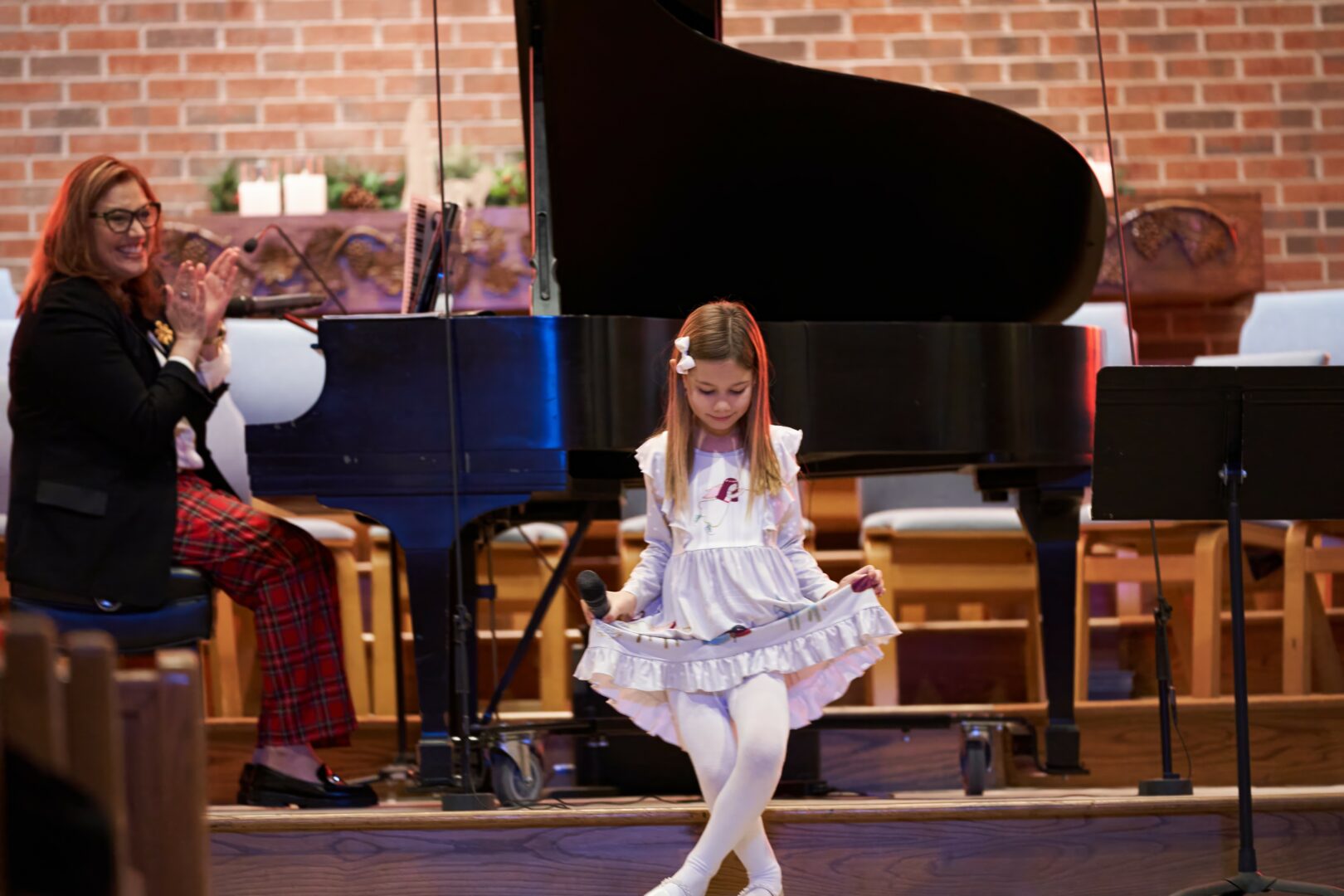
Let’s take a small detour – maybe you can share a bit about yourself before we dive back into some of the other questions we had for you?
Musicology: MUSIC STUDIES FOR EVERY MIND
Lessons to promote a lifelong love of music through all the brilliant ways minds learn.
Research based methods for typical, neurodiverse, and mature minds. My studio is all about making playing and singing music accessible for all. I work primarily with people who would like to learn to play music who are neurodivergent. Individualized expert instruction in classical, rock, blues, pop and video game music taught in a research-based, accessible, and enjoyable style for all.
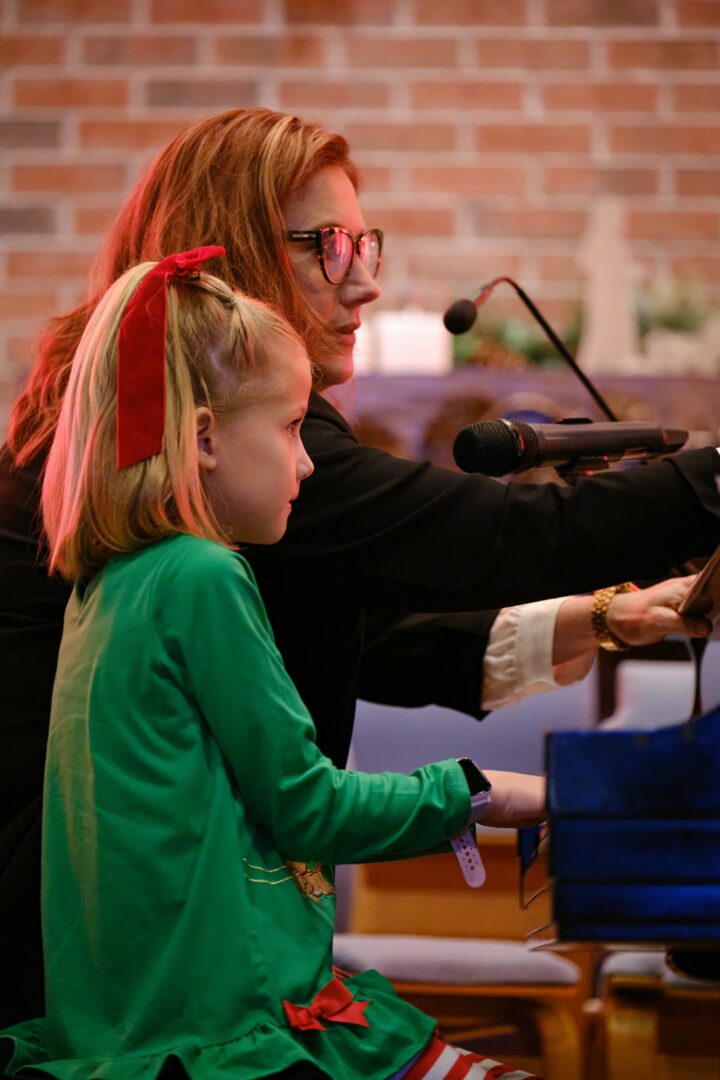
If you had to pick three qualities that are most important to develop, which three would you say matter most?
Always keep learning, expect to fail and be ready to pick yourself up. ALl of these skills help yoou be a better person, educator, mother, sister, wife….EVERYTHING!
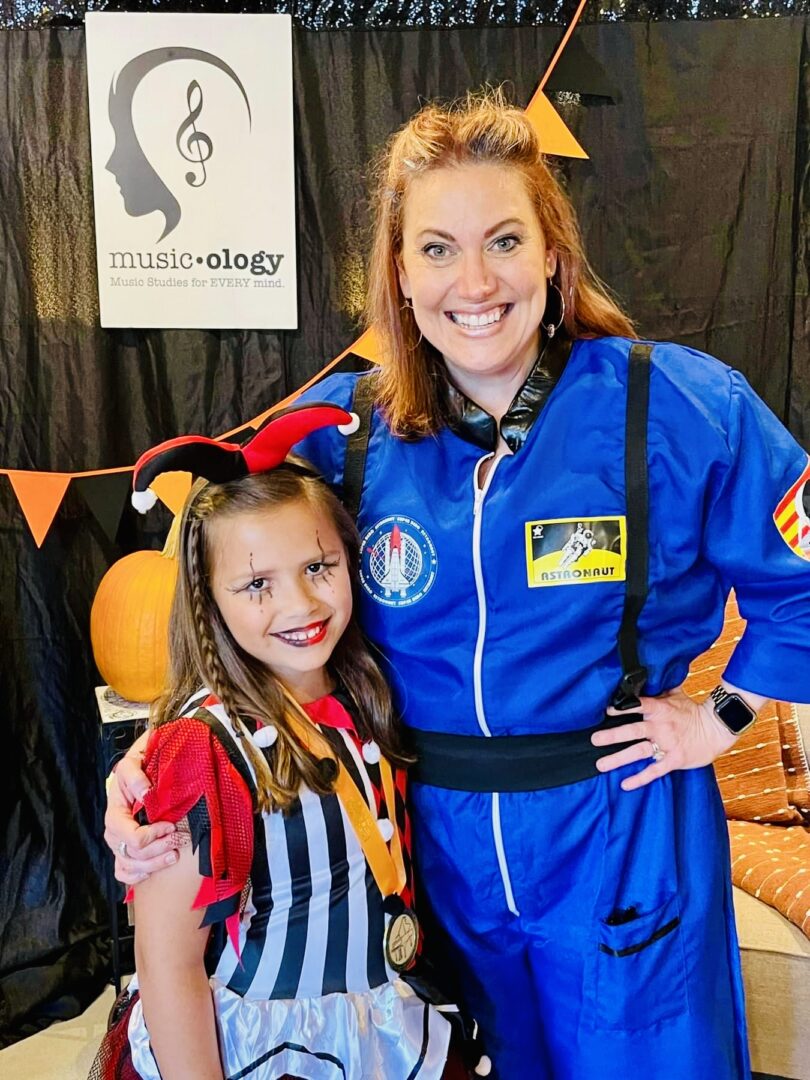
As we end our chat, is there a book you can leave people with that’s been meaningful to you and your development?
“Wherever You Go, There You Are” by Jon Kabat Zinn. A friend recommended the text to me when I was a graduate student at Arizona State. My early twenties was the first time I had experienced deafening anxiety and I have reread that copy over and over until the pages are yellowed with age, curled from use and blurry with unlined passages. The book is a collection of wisdom of simplicity based on many of Henry Davis Thoreau’s writings paired with Eastern philosophers applied to modern life.
Contact Info:
- Website: https://www.musicologydenton.com/
- Instagram: @musicology_denton
- Facebook: https://www.facebook.com/StewartAcademy/
- Youtube: https://www.youtube.com/@Musicologydenton?app=desktop
- Yelp: https://www.yelp.com/biz/musicology-denton
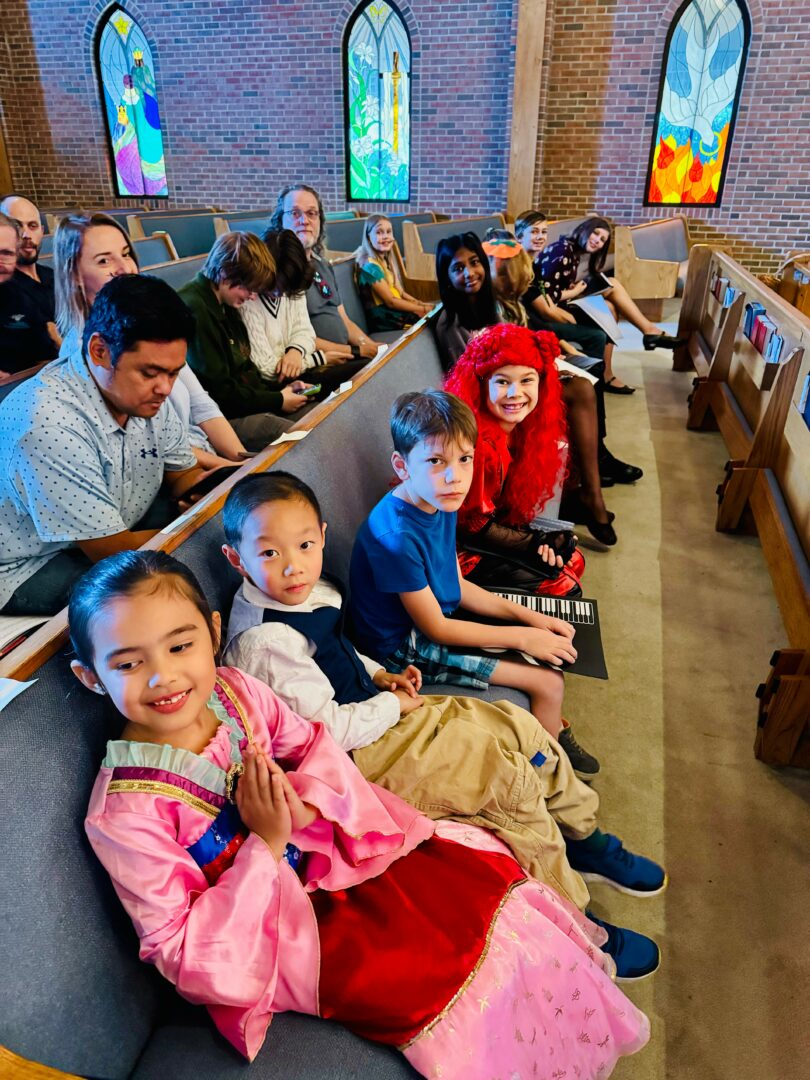
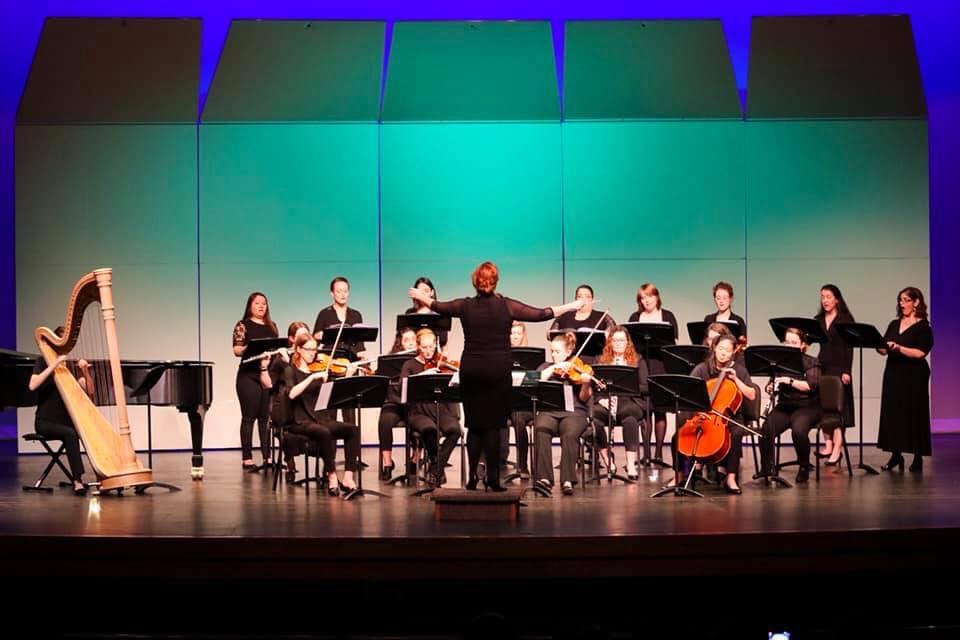
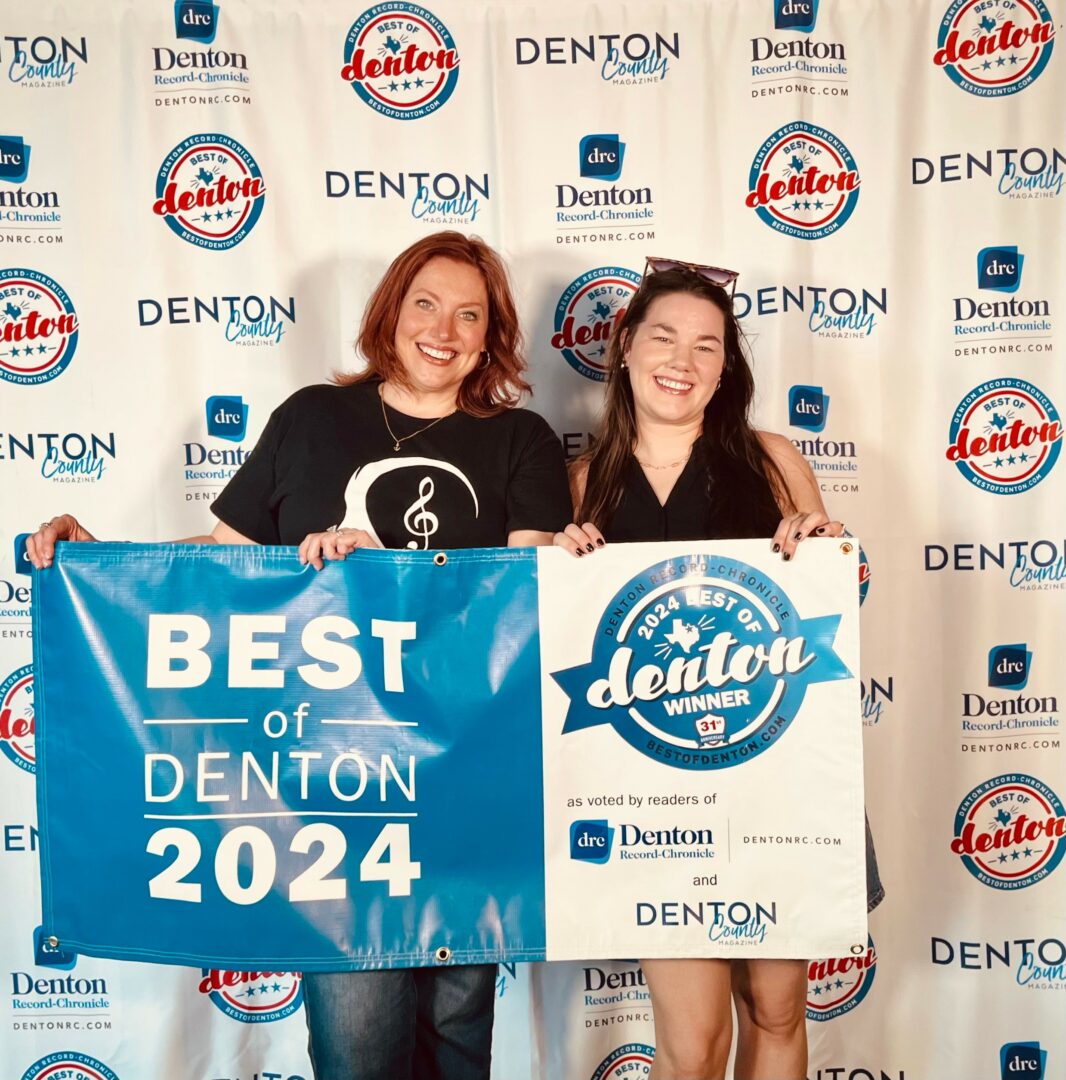
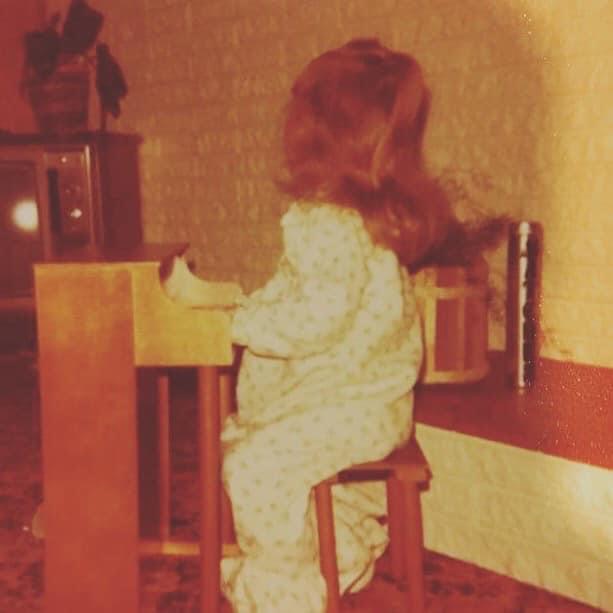
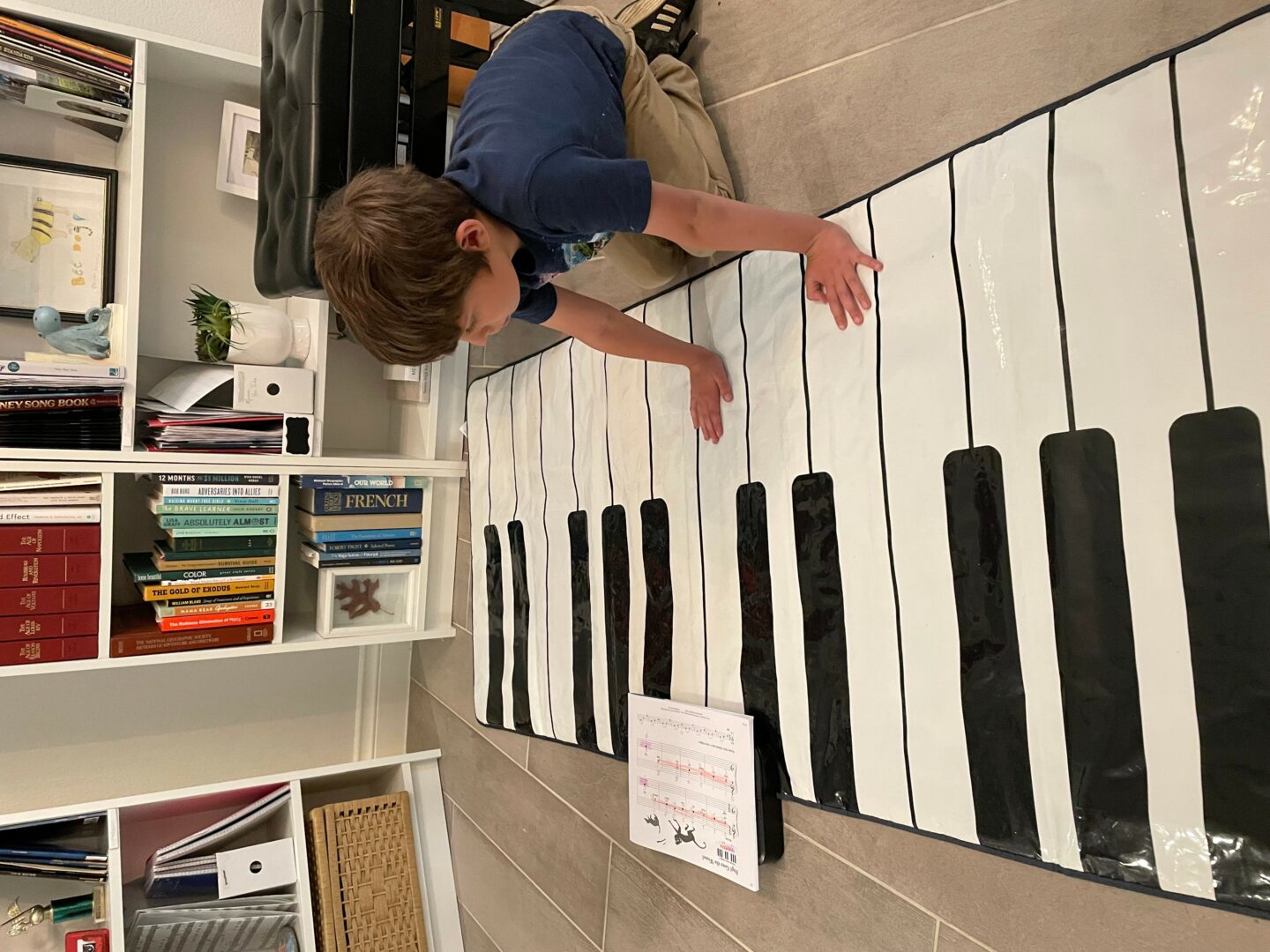
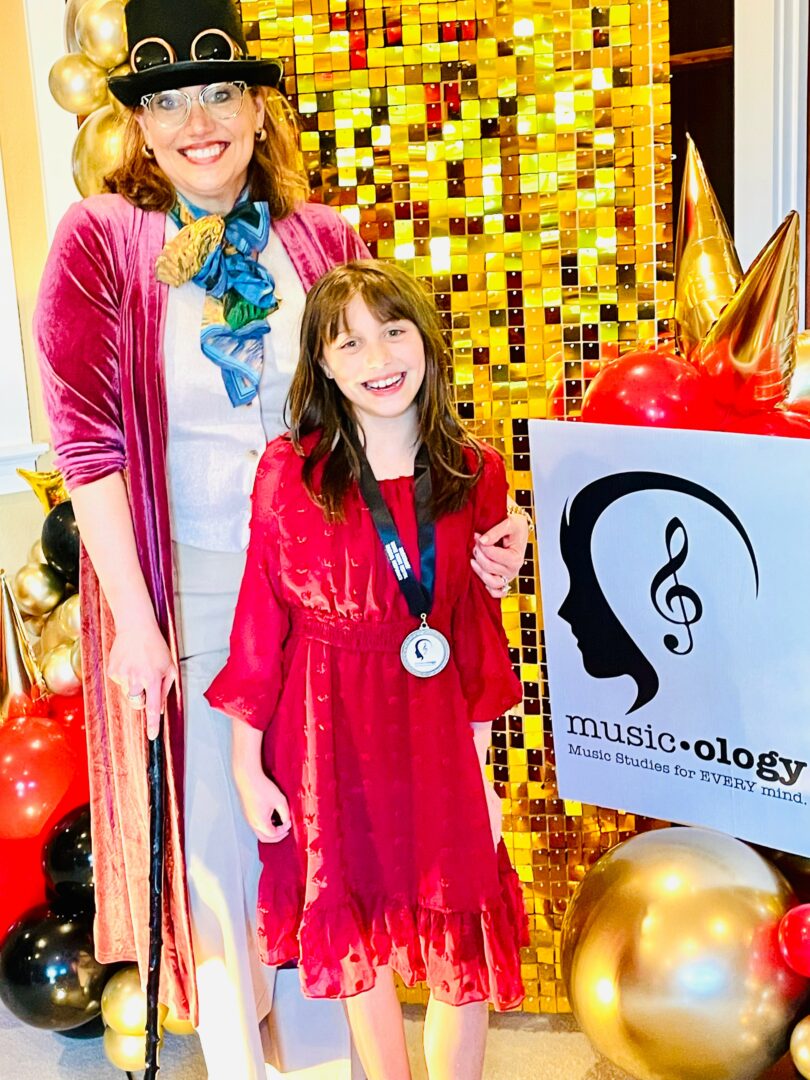
Image Credits
Taylor Collins, Photographer
so if you or someone you know deserves recognition please let us know here.

